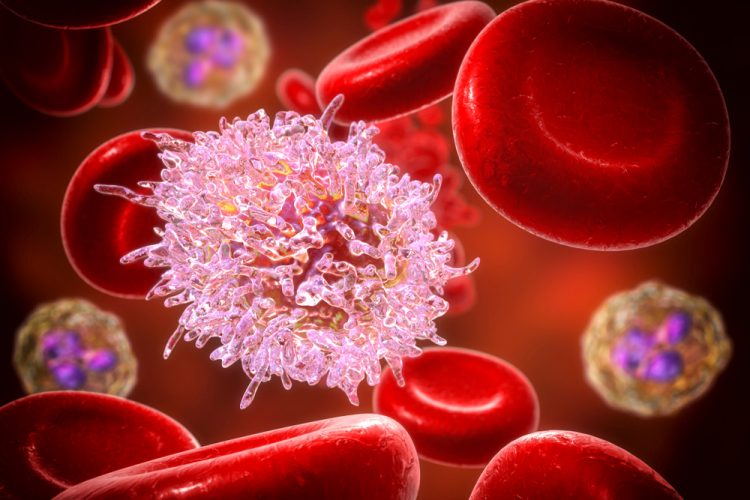Removal of RNA-binding protein improves leukaemia survival
Posted: 30 July 2021 | Anna Begley (Drug Target Review) | No comments yet
Study shows that removing the protein IGF2BP3 slows cancer growth and increases chances of survival of rare types of leukaemia in mice.


A new study conducted by researchers at the University of California Los Angeles (UCLA), US, has found that removing the RNA-binding protein IGF2BP3 can help slow the development of rare and aggressive forms of leukaemia as well as increase the likelihood of survival in mice. The research could aid in the development of targeted therapies for cancer that have high levels of IGF2BP3, especially acute lymphoblastic and myeloid leukaemia that are characterised by chromosomal rearrangements in the mixed lineage leukaemia (MLL) gene.
The team had earlier identified IGF2BP3 as a factor in the development of leukaemia, particularly the MLL subtype, by regulating various RNA messages that contribute to the disease. “This type of leukaemia is more aggressive because of its ability to divide and spread faster,” explained senior author Dr Dinesh Rao. “The disease can be very difficult to treat, even with new targeted immunotherapies like CAR T-cell therapy and blinatumomab.”
The researchers subsequently investigated whether removing the IGF2BP3 protein would stop the proliferation of leukaemia cells in mouse models. They used CRISPR-Cas9 to remove IGF2BP3 from both MLL-leukemic mice and cell lines. Of the leukemic mice that had IGF2BP3 deleted, approximately 75 percent had an increase in overall survival and 50 percent were free of leukaemia. The team also observed an average fourfold reduction in the mice’s tumour burden, as measured by the weight of their spleens.
“These results really highlight IGF2BP3 as an attractive and valuable therapeutic target,” said lead author Tiffany Tran. “By targeting this RNA-binding protein, we would be able to target the cancer cells directly and leave the healthy, non-cancerous cells alone.”
The team also discovered that the protein was not necessary for normal blood development in mice. The blood system appeared mostly intact when the protein was removed and even mice that were completely deficient of the protein developed normally.
While the team studied IGF2BP3 as a target in MLL leukaemia, the protein is also highly expressed in 15 to 20 percent of other cancer types, including glioblastoma and pancreatic cancer. “This [IGF2BP3] is also an attractive target because we have made some real advances in understanding how it works in the cancer cells,” added Rao. “We were able to pinpoint some important RNA molecules that it binds to, which encode other cancer-causing proteins. If you can remove this protein, you are able to modify the amount of other cancer-causing proteins.”
The next step for the researchers is to understand whether the removal of IGF2BP3 has a strong effect against other types of cancer, as well as to develop small molecule and RNA-based therapeutics to try to interfere with the function of the protein.
The study was published in Leukemia.
Related topics
CRISPR, Genetic analysis, Genomics, Immunooncology, In Vivo, Molecular Biology, Molecular Targets, Oncology, Protein, Protein Expression, RNAs, Small molecule, Targets, Therapeutics
Related conditions
Acute lymphoblastic leukaemia, acute myeloid leukaemia
Related organisations
University of California Los Angeles (UCLA)
Related people
Dr Dinesh Rao, Tiffany Tran



